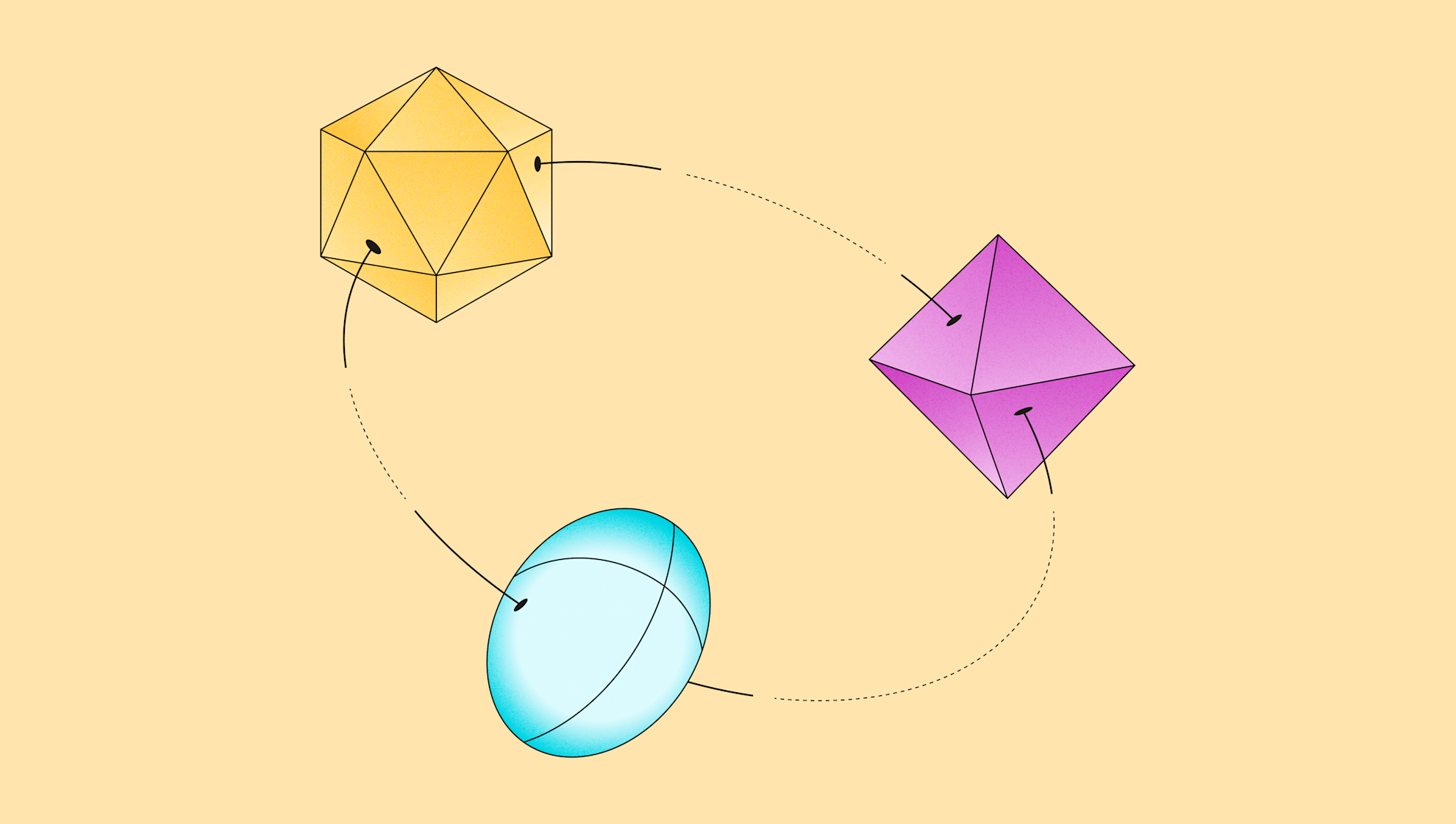SPAA: A new wave of open banking in Europe

Last editedAug 20243 min read
Overview
The Payment Services Directive (PSD2) laid the foundations for open banking in Europe. However, six years on, open banking-initiated payments haven’t taken off to the level originally hoped, primarily because of poor quality application programming interfaces (APIs) and inconsistent user experiences.
The ability for all parties involved in the ecosystem to make a financial return is key to encouraging a new wave of investment into open banking payment services. No party should be obliged to offer a service for free, including banks.
GoCardless has joined the SEPA Payment Account Access (SPAA) scheme and is one of the first organisations to do so. The SPAA scheme is a new messaging ecosystem that aims to introduce a set of premium API features and services that banks can charge fintechs for access to, like recurring payments.
Whilst the SPAA scheme is now live, GoCardless and other fintechs will only be able to bring the new services it facilitates to European merchants once banks also sign up. We are calling on them to do so and help us drive innovation in European payments.
The Payments Services Directive 2 (PSD2) kickstarted a new wave of interest in open banking in Europe when it came into force in 2018. However, despite a host of new account information aggregators and payment initiation service players entering the market, adoption of open banking has remained muted.
The main obstacle has undoubtedly been a lack of standardised and high-quality APIs provided by banks. Varying uptake and implementation have led to a fragmented open banking landscape.
With the European Payments Council now expanding open banking beyond PSD2 with its Single Euro Payments Area (SEPA) Payment Account Access (SPAA) scheme, we believe there is an opportunity for creating better APIs, accelerating payment innovation and delivering better outcomes for customers.
What is SPAA?
The SPAA scheme is an initiative that aims to expand open banking services by unlocking a remuneration model for banks. Banks will be able to charge payment initiation service providers, like GoCardless, for the provision of ‘premium’ API functionality, such as Dynamic Recurring Payments (DRPs). These are the same as what Brits refer to as Variable Recurring Payments, or VRPs.
DRPs will enable payers to set up a mandate, similar to a Direct Debit, but the payment is processed instantly rather than over two - three days. Compared to classic standing orders, where the amount is always fixed, DRPs enable the payment amount, start date, end date, period, frequency and so on to be defined depending on the service used. Think pay-by-use scenarios currently served by card-on-file functionality, such as being billed for how much you use a software platform.
Another possibility is having automated payments triggered via a Personal Finance Management app (which is already possible in the UK through ‘sweeping’ VRPs). This could include, for example, automatically transferring the balance in the account to a savings account at the end of the month, or automatically covering the negative balance in one account by transferring it from another account.
Incentivising participation
GoCardless is among the first to join the SPAA scheme because we think it has the potential to provide real value to our customers. However, this will only materialise if banks also join as both data suppliers and data users will be needed to create and offer viable products to merchants.
So we’re encouraging banks to sign up! We want banks to help build a new, innovative payments ecosystem that merchants and consumers can benefit from in the near future - and we believe they should get paid for their efforts.
Just as with VRPs in the UK, we believe that banks should be able to make a commercial return for the value they will be providing to fintechs, like GoCardless, and ultimately customers, if they provide secure, stable, high-quality APIs. Whilst participation in the SPAA scheme is optional, we hope that the remuneration model encourages some forward-thinking, innovative banks to sign up so that we can start to test, learn and refine the customer proposition.
In Summary
We are excited at the prospects that SPAA holds for the European market. With improvements in access to instant payment infrastructure and the regulatory baseline provided by PSD2 also in the pipeline, we believe the necessary components are coming together to take open banking in Europe to the next level. Fair incentives for banks and fintechs will help put SPAA on a sustainable trajectory, ensuring ongoing investment into account-to-account functionality that drives experiences and adoption levels to rival card payments.

